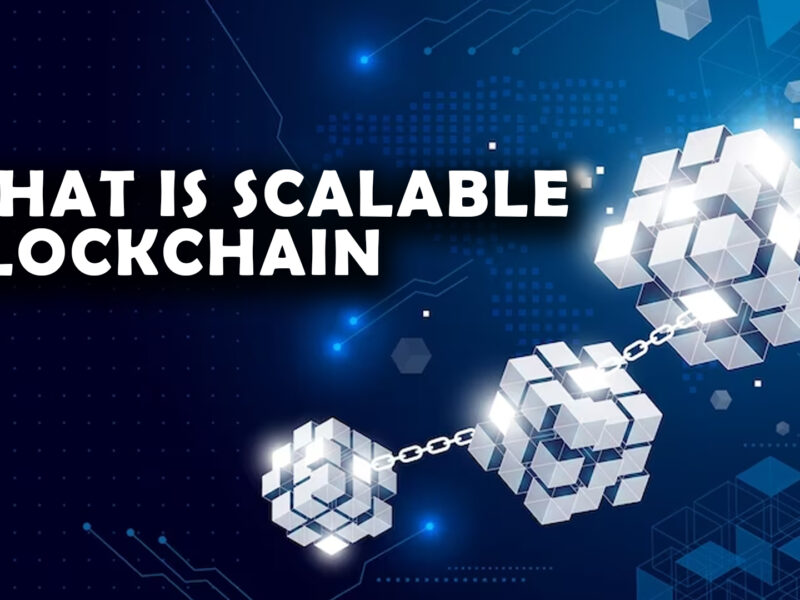Key Points
Since the invention of the technology, scalability concerns with blockchain have been widespread. Here, variables like the speed at which transactions are approved may have an impact on how many blocks are added to the blockchain. As each node verifies the precision or caliber of transactions, that speed may noticeably decrease.
Scalability becomes crucial because blockchain was first created to serve financial organizations. Blockchain is a digital asset that can also be used to address issues in the real world, including those related to security, healthcare, and other areas.
What Is a Scalable Blockchain?
A scalable blockchain refers to a network that can handle processing and logging as many transactions as is feasible. Participating nodes must confirm a block quickly following rules that outline the structure of legitimate transactions and who is authorized to process and add them to the blockchain to achieve a high TPS.
Another important factor in blockchain scalability is a blockchain’s size. That a large block size can boost its transactional capacity should go without saying. The objective is to keep up with the data’s expanding use and exchange in the digital world of today.
A scalable blockchain also can innovate for the future, which is more important than speed. Blockchains can meet users’ needs for business, healthcare, or education by scaling the technologies they utilize daily.
How Scalable Blockchain is Possible with These 5 Elements
Several factors can influence a network’s ability to scale.
1. Cost and capacity
The blockchain must process and store a significant amount of data on the network, according to the capacity and pricing requirements. Data storage is distinct from data recording. To meet the needs of their clients, nodes might prioritize and optimize either of these tasks. If each node in the blockchain network has enough storage space, it can accommodate massive data volumes.
2. Networking
On the blockchain, every transaction involves every node. The majority of the needed network bandwidth is distributed equitably over the intervals between block confirmations. Then, when a block is discovered, those nodes start working again by sending the block contents throughout the network. The extensive use of network resources throughout these processes can result in delays but not if efficient data transmission mechanisms exist.
3. The Volume
Blockchain throughput has to do with how big a block is and how long it takes to confirm a transaction in it. As a result, a block with a maximum size may simply process, validate, record, and store more transactions.
4. Completion
The term “finality” describes how effective a blockchain is at producing immutability. The faster a transaction can be confirmed across all network nodes, the more secure and unchangeable the blockchain becomes.
5. Time for Confirmation
The average amount of time that passes between submitting a transaction to the network and it being included in a verified block is known as the confirmation time, as the name suggests. Any user can complete a transaction with a quicker confirmation period.
Conclusion
Scalability is required by blockchain’s expansion and widespread adoption. To guarantee quick transactions, data security, and low transaction costs for technology users, organizations and industries must reinvent their goods and services in a way that allows for scalability.
